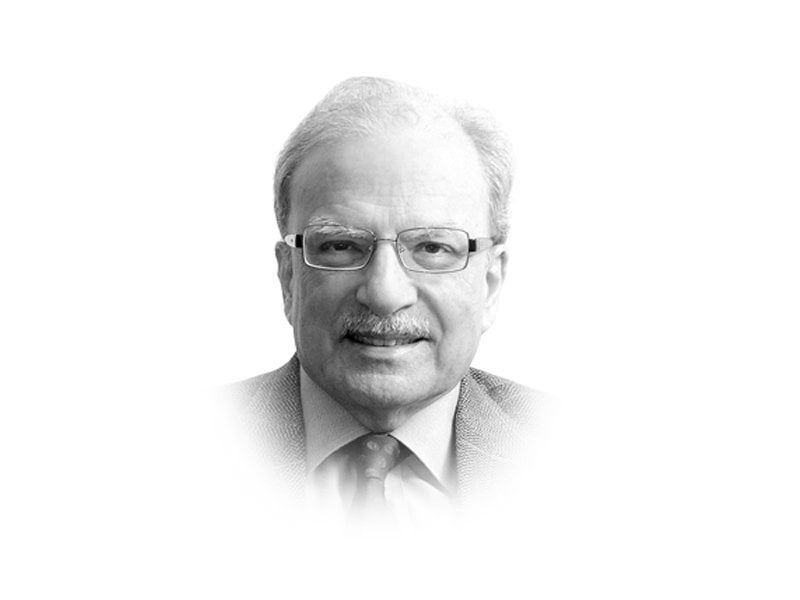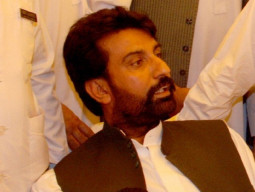
In answering these questions, I am helped enormously by the recent UNDP report on Pakistan authored by two scholars of great repute, Adil Najam and Faisal Bari. However, the census data from the 2017 count does not provide much help since it continues to underestimate the urban population. The reason for that is political. A correct estimate of the size and distribution of urban population would reduce the power of the rural elite. This group continues to exercise influence over the public sector far greater than would be justified by the popular support it can muster in an election. I would say that if some of what I predict is likely to happen as a result of the 2018 elections, when the next census is conducted perhaps in 2027, it will provide more accurate data on the urban-rural distribution of the population.
Let me get back to the question posed in the title of this article — what do the Pakistani youth want? The work done by Najam and Bari for the Pakistan National Human Development Report is extremely helpful in providing the profile of the youth. They tell us that 55 per cent of the youth live in Punjab, another 23 per cent in Sindh, 14 per cent in Khyber-Pakhtunkhwa, and four per cent in Balochistan. The remaining four per cent are to be found in Gilgit-Baltistan, Azad Kashmir and Fata. As many as 30 per cent are illiterate, not able to read or write. Only six per cent have 12 years or more of education. But lack of education will not hold them back in expressing their aspirations. They are taking full advantage of the enormous technological developments that have occurred in the country over the last decade or two. Well over one-half of the youth possess mobile telephones. Although only 14 per cent have access to the internet, they are able to connect to the world by using the social media.
I estimate that the size of the population eligible to vote in 2018 to be between 135 and 140 million. If we define the youth among these to be between 18 and 30 years, their number will be about 50 million, or 35 per cent of the total voting population. It appears to me that two political parties, the PTI and the MQM, are likely to focus on mobilising the young for the election, the former in Punjab, K-P and Karachi and the latter in Karachi and Hyderabad. Mobilisation will bring political success. According to Najam and Bari, 90 per cent of the male youth and 55 per cent of their female counterparts are likely to vote in 2018. If the youth are able to put in power the people in whom they have trust, what would they want?
The UNDP’s answer to this question is 3Es — quality education, gainful employment and meaningful engagement. How will these aspirations be met by the new leadership to whom the youth will hand over the reins of power? This question will need to be answered by the political parties as they begin to write their election manifestoes. I think I can provide them with some help.
In education most of the needed effort will have to be made by the private sector. Private entrepreneurs, most of whom are women, have already shown their ability to educate most segments of the population: urban and rural; male and female; pre-school and of school-going age; and in STEM (science, technology, engineering and mathematics) and social sciences. The public sector could partner with private entrepreneurs by investing in physical infrastructure, leaving school and university management to private entrepreneurs.
The aspiring youth are not looking to such traditional activities as agriculture, retail commerce, transport and construction for employment. The operative word in this context is 'gainful' and this means jobs in the modern sectors of the economy. Here the new set of rulers should take full advantage of the China-Pakistan Economic Corridor programme being financed by Beijing. The Chinese have a lot of experience in generating employment in modern sectors and they could bring that to Pakistan.
The third aspiration — engagement — is of critical importance. This is the lesson learnt from the Arab Spring of 2011. The youth wanted governance to be inclusive, not exclusive. While they were able to topple long-enduring authoritarian regimes, they were not able to bring about permanent change. The result was several civil wars.
Neglecting the youth can be problematic. I will end by quoting from a review of the performance “Dance Nation” by The New York Times theatre critic. “Whether you admit it or not, your 13-year-old self is still living somewhere inside you like a feral demon-child whispering in the dark. It is a creature of frightening extremes, this being you once were: more hopeful and hopeless, joyous and despairing, loving and hateful than you have ever been since. Most likely, she or he is someone you try to avoid talking to.”
Published in The Express Tribune, May 14th, 2018.
Like Opinion & Editorial on Facebook, follow @ETOpEd on Twitter to receive all updates on all our daily pieces.





































1713853507-0/MalalaHilary-(2)1713853507-0-270x192.webp)







COMMENTS (1)
Comments are moderated and generally will be posted if they are on-topic and not abusive.
For more information, please see our Comments FAQ